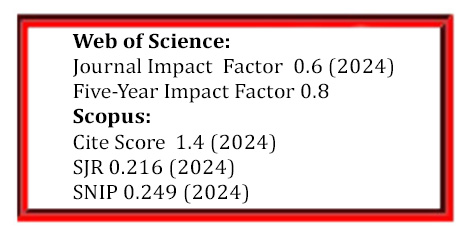Influence of Infill Design in Fabrication of 3D-printed PLA Parts Using FDM
DOI:
https://doi.org/10.5755/j02.ms.38235Keywords:
additive manufacturing, FDM, 3D-printing, PLA, infill pattern, infill densityAbstract
The present work examines the mechanical characteristics of polylactic acid (PLA) samples manufactured in 3D printing using various infill patterns. The infill patterns investigated are cuboid, grid, and octet, prepared at a constant infill density of 50 %. The study aimed to identify the most suitable infill pattern for specific mechanical requirements, considering tensile, compression, and flexural behaviour. Experimental testing was conducted on the 3D-printed PLA specimens to assess their mechanical performance. The findings reveal that the octet infill pattern showed the highest mechanical qualities across all three tests, including tensile, flexural, and compression evaluations, indicating improved strength and stability. The octet infill pattern samples had the highest tensile value of 17.3 MPa, maximum flexural stress of 35 MPa, and maximum compression stress of 34.4 MPa. These results emphasize the need to choose suitable infill patterns to adjust the mechanical properties of 3D-printed PLA components to meet particular application requirements.
Downloads
Published
Issue
Section
License
The copyrights for articles in this journal are retained by the author(s), with first publication rights granted to the journal. By virtue of their appearance in this open-access journal, articles are free to use with proper attribution in educational and other non-commercial settings.



